by Matthew May 14,2025
With each new release in the Monster Hunter series, players eagerly anticipate how their beloved weapons will handle in the latest installment. The 14 weapon types each bring their unique flair, adapting to the game's evolving design. From the seamless area transitions in Monster Hunter: World to the innovative Wirebug action in Monster Hunter Rise, each weapon evolves to fit the game's vision. Now, with Monster Hunter Wilds aiming to offer a seamless hunting experience, what design principles guided the refinement of each weapon? To delve into these crucial gameplay aspects, we interviewed Monster Hunter Wilds' art director and executive director, Kaname Fujioka, and director, Yuya Tokuda. Fujioka, who directed the original Monster Hunter, and Tokuda, a veteran since Monster Hunter Freedom, provided insights into the meticulous process behind the weapons' evolution.
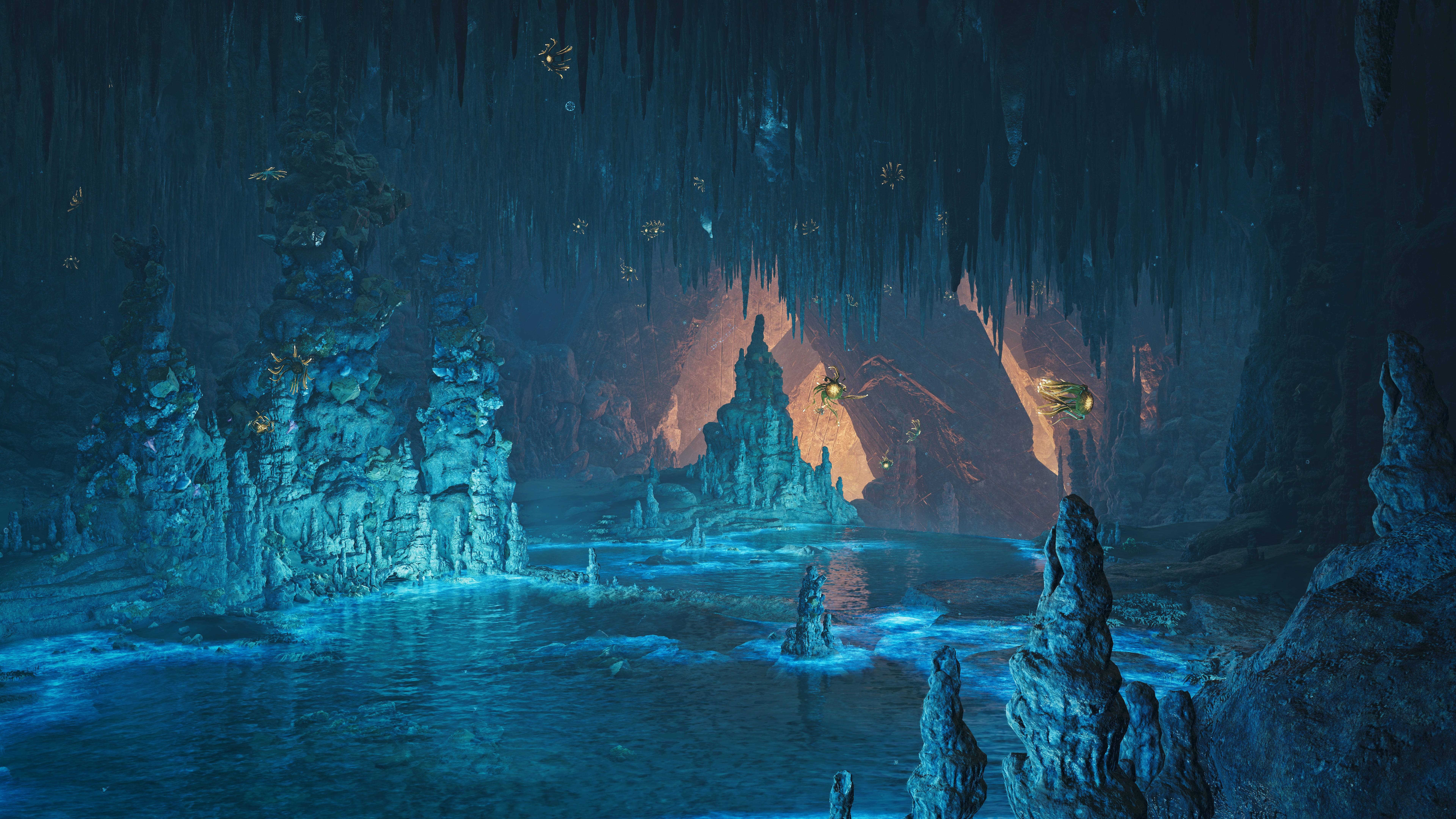
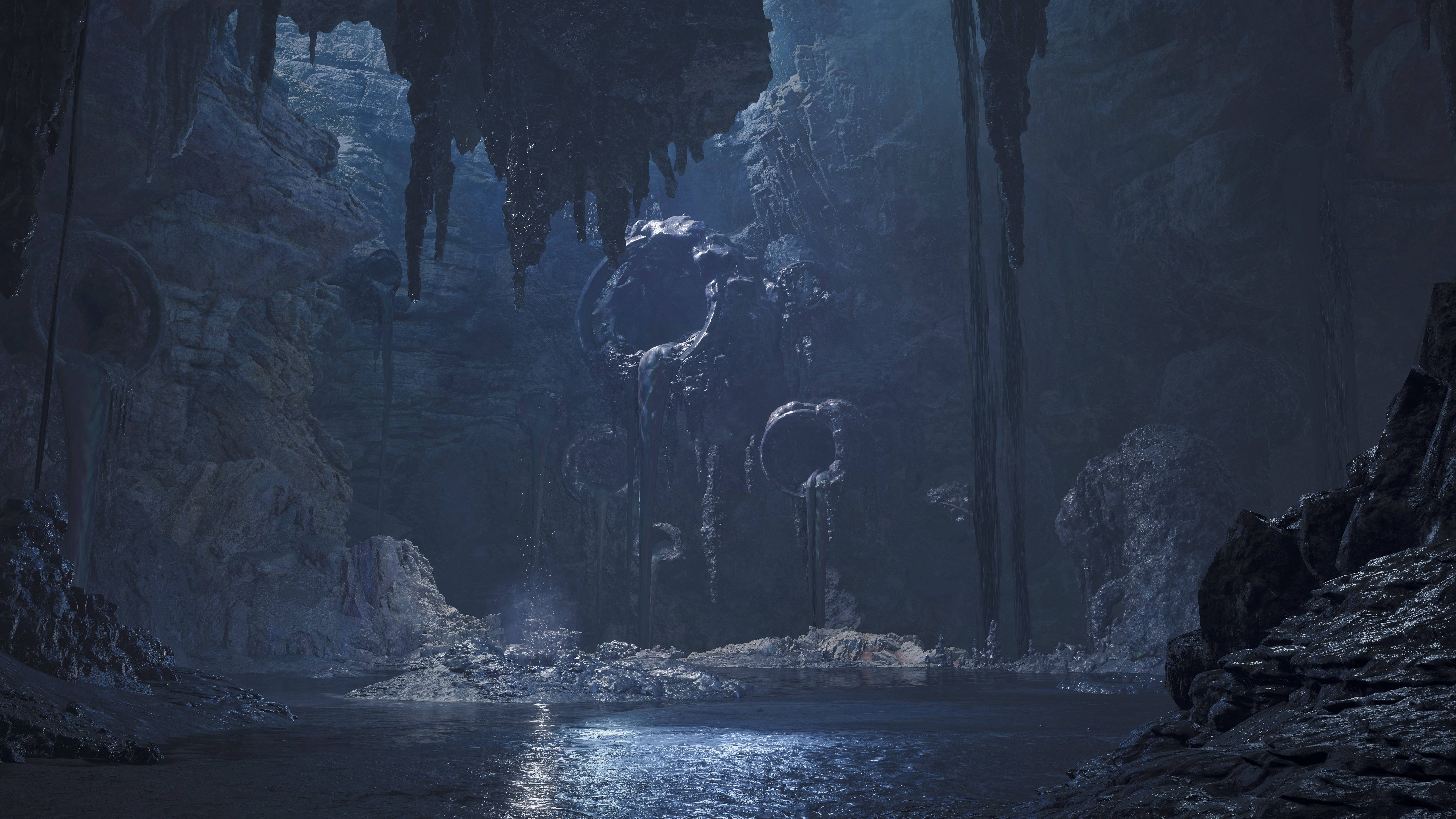 6 Images
6 Images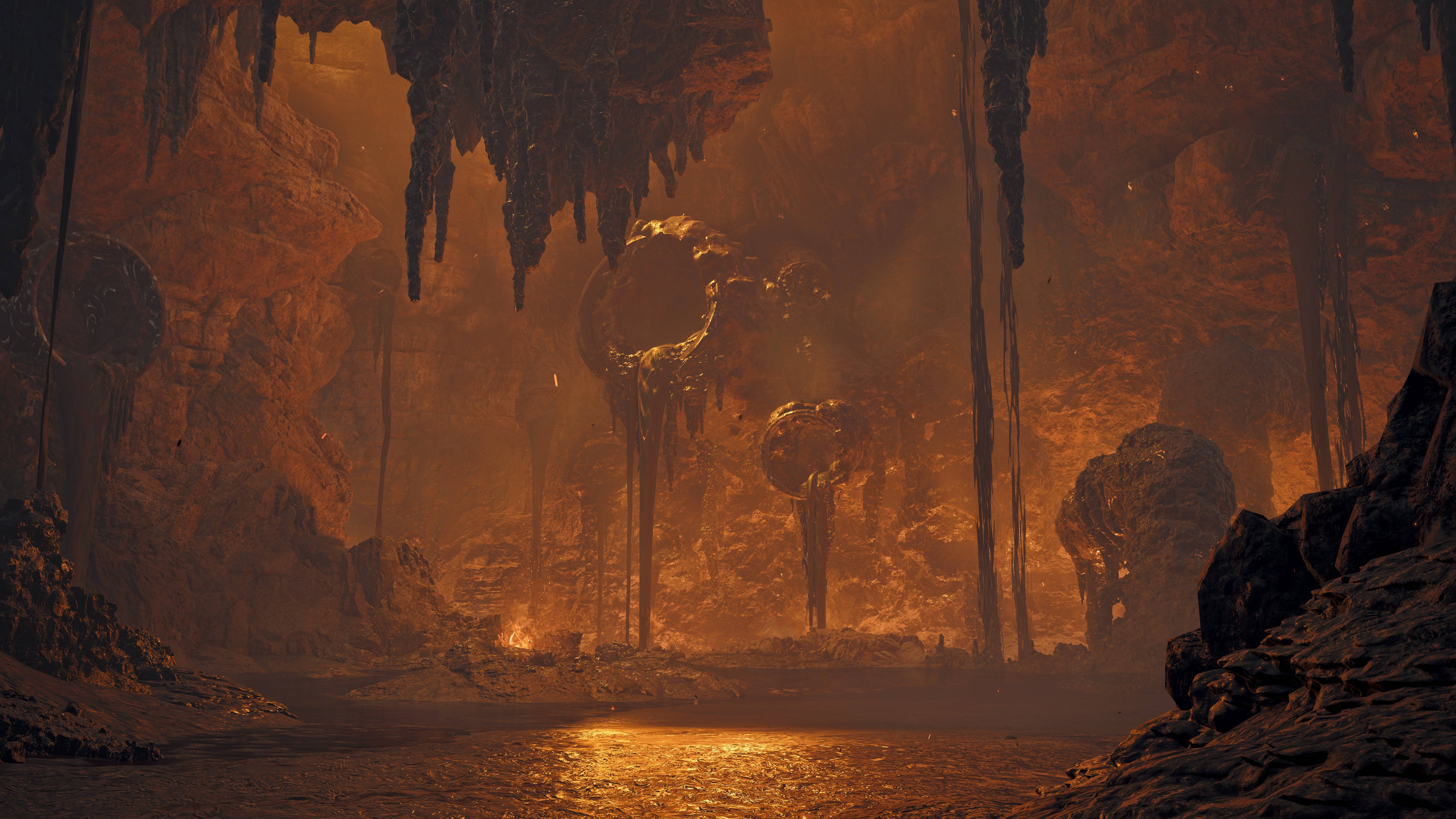
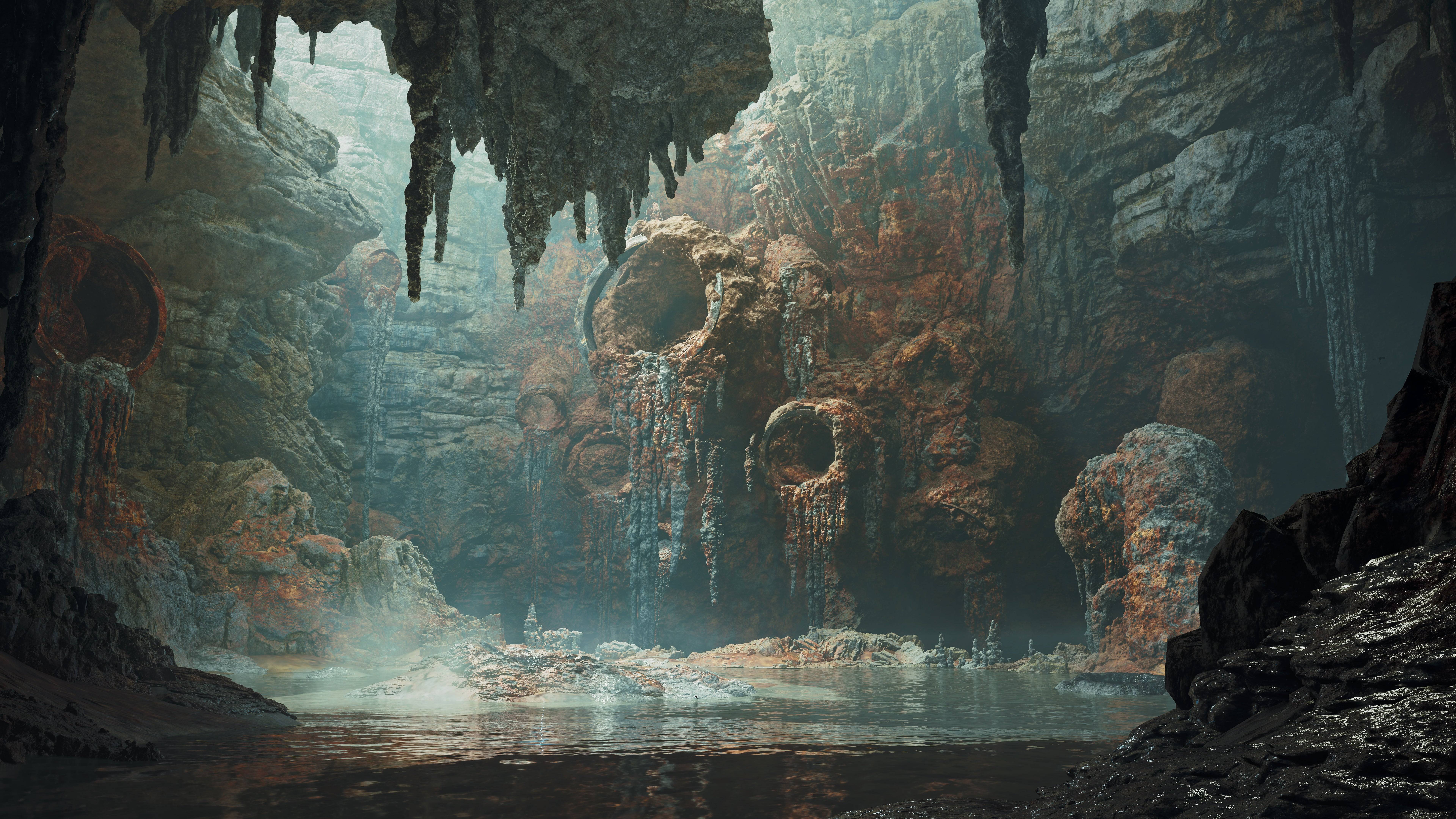
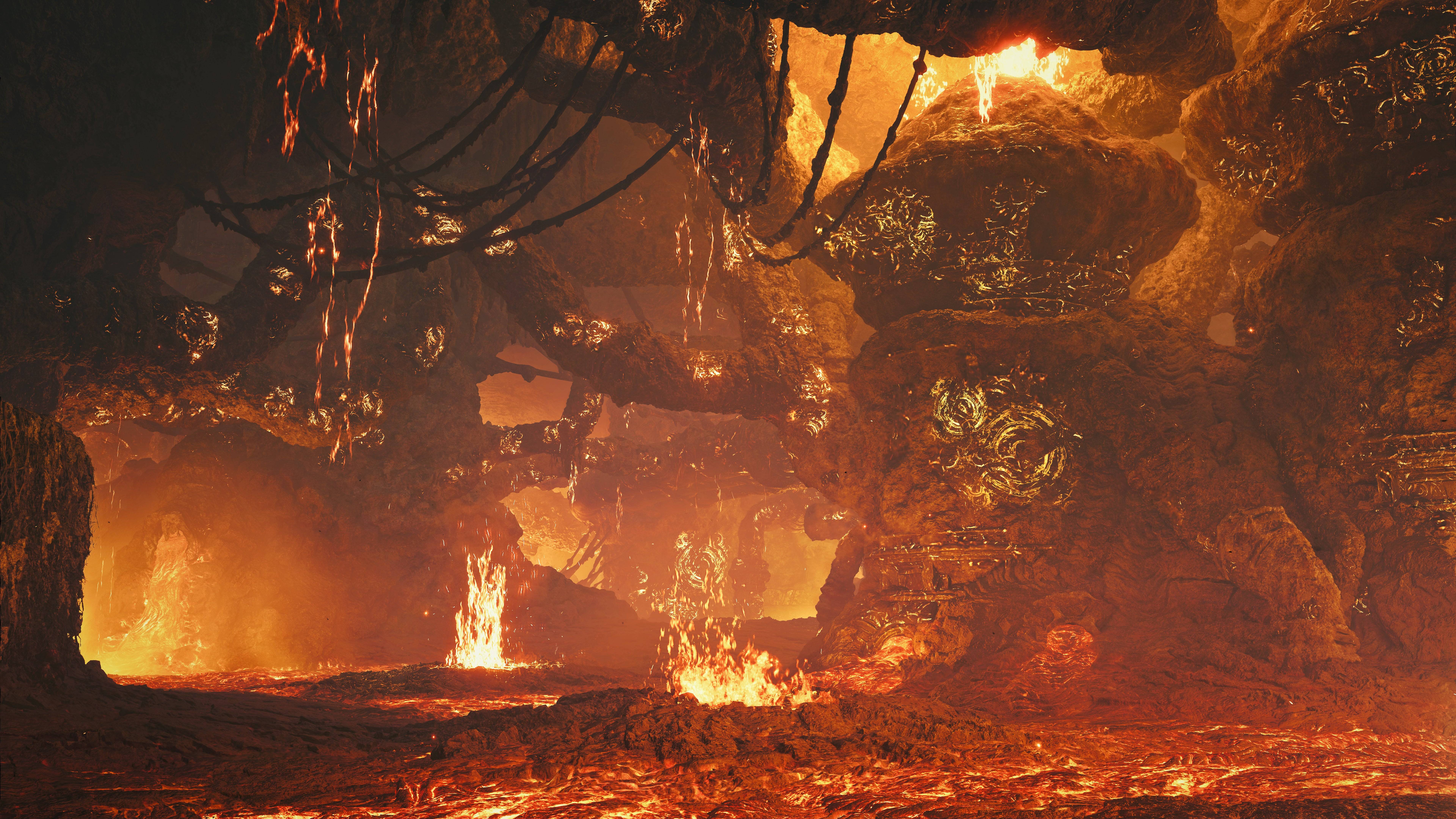
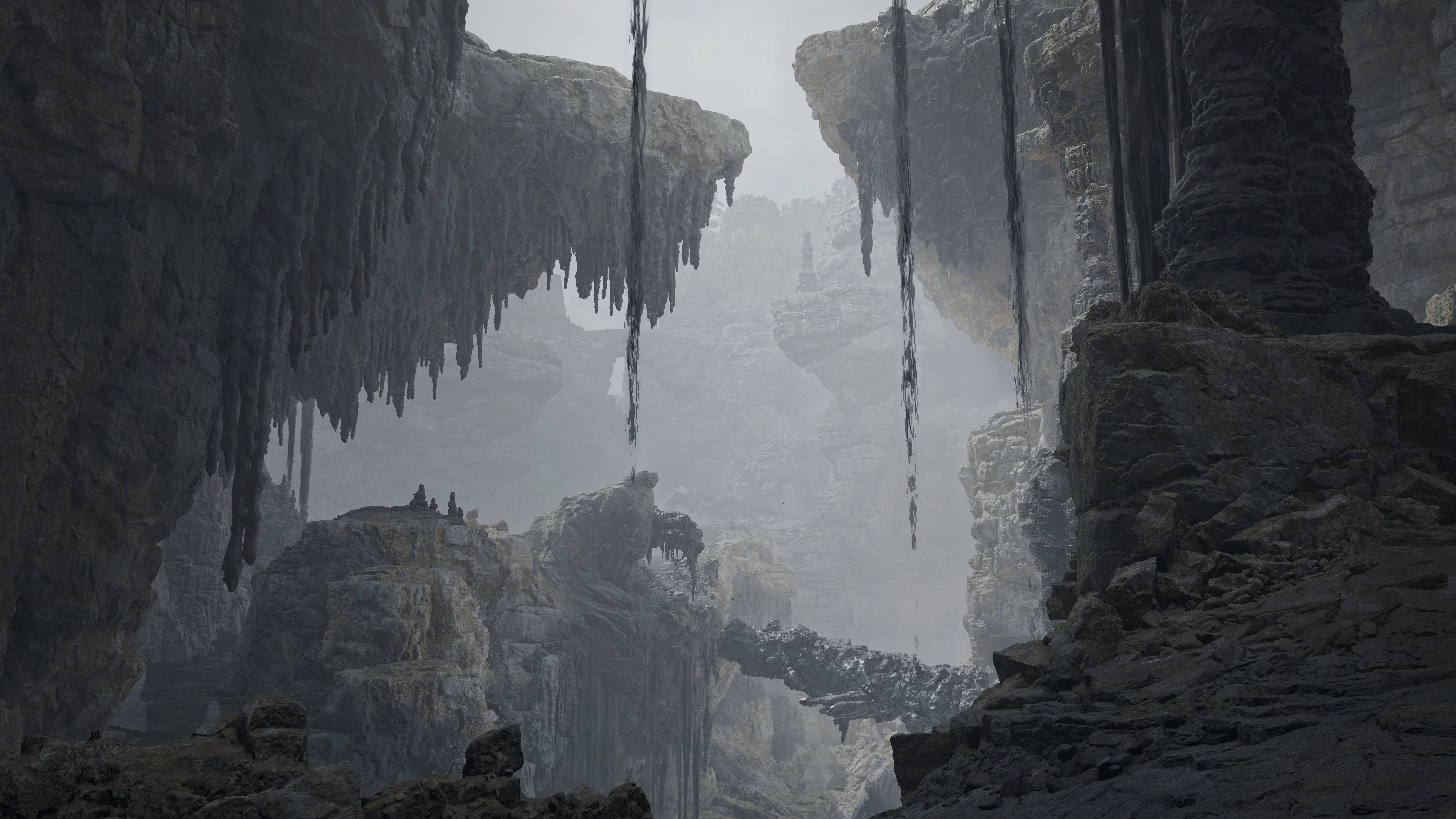 During our discussion, we explored the conceptualization and development of various weapons, uncovering new details about fan-favorite weapons and the adjustments made following feedback from the November 2024 Open Beta Test.
During our discussion, we explored the conceptualization and development of various weapons, uncovering new details about fan-favorite weapons and the adjustments made following feedback from the November 2024 Open Beta Test.
Tokuda explained that significant changes were necessary to accommodate the game's new seamless map and dynamic weather conditions, particularly affecting the gameplay mechanics of several weapons.
"There are substantial modifications to the Light and Heavy Bowgun, as well as the Bow," he noted.
In previous Monster Hunter titles, players had to return to base to restock resources after each quest. However, Wilds eliminates this need, aiming for uninterrupted gameplay. This shift posed a challenge for ranged weapons, which traditionally rely on consumable ammo and coatings.
"To address this, we designed the system so that basic damage sources can be used without expending resources," Tokuda said. "We balanced it so that normal, pierce, and spread ammo for Bowguns and coatings for Bows can be fired unlimited times while managing a gauge. However, we also wanted players to utilize prepared or field-found materials to craft powerful ammo with special attributes."These changes were part of a broader effort to adapt weapons to the new gameplay elements and concepts of Wilds, with ranged weapons undergoing the most notable transformations. Fujioka highlighted that these adjustments extended beyond mechanics into the visual design.
"We wanted to clearly show the process of charging a Bowgun for a special shot," he explained. "Shots that cancel a monster's attack should look convincing and effective. Since the last game, we've focused on making animations visually clear to enhance the player's understanding of their actions."
He noted that technological advancements have significantly influenced these animation changes, allowing for more detailed transitions between actions, thereby expanding the hunters' capabilities."One common goal for all weapons was to ensure they could be used naturally in any given situation," Tokuda added. "We aimed to achieve this, especially when players can't make any inputs."
For instance, in past games, players had to sheathe their weapon and stop moving to use a healing item. The improved ability to depict actions through animations has changed this, making the gameplay more fluid.
Fujioka elaborated on the new Focus Mode, stating, "We put considerable effort into this feature. It allows players to move while facing a specific direction, enabling continuous attacks while slightly off-center from the target. This feature helps players move in the direction they intend, aligning with their gameplay vision."He also emphasized the significant technical advances in animation management, which have transformed how action games are played. "Meeting players' desires to play in a certain way at the moment they want to move is crucial," Fujioka added. "We're always mindful of keeping up with the times during development."
One of Wilds' major innovations is the ability to wound monsters by continuously attacking a specific body part. The formation of a wound generally depends on the damage dealt to that area, with environmental factors like falling rocks or monster battles aiding this process. For player weapons, wounds are typically formed through accumulated damage, with no distinction between weapon types.
Hunters can inflict massive damage to wounded monsters using Focus Strikes in Focus Mode. Each weapon type has unique animations for Focus Strikes, such as the acrobatic maneuvers with dual blades, which might suggest different abilities at first glance. Tokuda clarified the impact of these variations."For Focus Strikes, we aimed to showcase each weapon's uniqueness through animations," he said. "However, during the open beta test, we noticed that some weapons were overpowered, while others felt underpowered. While we want to highlight each weapon's personality, we're tuning them for the official release to ensure a balanced experience."
The wound system introduces new strategic options for hunters. For example, targeting a monster's head with a hammer to cause flinching can lead to a wound, which can then be exploited with a Focus Strike for significant damage. However, once a wound turns into a scar, it cannot be re-wounded, prompting players to target other body parts or use environmental elements for unexpected scars. Tokuda noted that the wound system, like flinching and part breaking, offers players new tactical choices.
"Monsters start unwounded, but they can engage in turf wars as you explore, potentially already wounded when you encounter them," he explained. "Hunters can take advantage of this and may receive special rewards for defeating these wounded monsters, including gems."With the introduction of Focus Mode and wounds, landing powerful attacks, like the Great Sword's Charged Slash, has become easier. However, Tokuda addressed whether monster health and toughness were adjusted accordingly.
"Monster health is slightly higher than in World to maintain appropriate playtimes and player satisfaction," he said. "Flinch resistance is also increased, but this doesn't make hunts tedious. Focus Mode aims to provide players with a sense of accomplishment through shorter loops, concentrating the hunting experience."
"We have about six planners overseeing the player experience, each managing multiple weapon types," he said. "We collaborate with artists and animation designers to refine weapon movements and usage. We typically start with the Great Sword as a prototype, then move to weapons like the Sword and Shield and Heavy Bowgun, using the insights gained to develop the rest."
Fujioka shared the excitement around the new Focus Strikes, which were a novel addition to the series."Focus Strikes were a new form of expression, so we focused on making them feel good rather than performance-related," he said. "We started with the Great Sword, a versatile weapon, and felt inspired by the potential to create engaging animations for other weapons."
Tokuda emphasized the Great Sword's role in setting the standard for weapon development.
"Weapons with a heavy tempo like the Great Sword are rare in other action games," he noted. "Ensuring the Great Sword is fun to use is a Monster Hunter tradition. Other weapons are developed by differentiating them from the Great Sword, which is the most well-rounded. Once players master the Great Sword's weight, they can engage monsters directly and effectively."
Fujioka added, "Creating a game that's fun with the Great Sword's weight helps us develop faster-paced weapons. Balancing the game around the Great Sword's tempo ensures a true Monster Hunter experience.""We focus on what makes each weapon unique rather than making them equally easy to use," he said. "However, if players can't have the intended gaming experience, it's a problem. We've made adjustments for the release version based on open beta feedback to ensure no weapon is overpowered yet easy to use."
Tokuda used the Hunting Horn as an example to illustrate the concept of weapon uniqueness.
"I wanted the Hunting Horn to deal significant damage in its optimal area around the user," he explained. "Using elements like the Echo Bubble to control the area and leverage the weapon's unique sound capabilities was our challenge. We prioritize each weapon's personality over sheer damage output."
He also addressed the open beta feedback regarding the Hunting Horn's use as a secondary weapon for buffs."We're balancing the release version to ensure the Hunting Horn isn't the only choice for a secondary weapon," Tokuda said. "Self-buffs will be worthwhile but not overly powerful."
The developers acknowledge that certain weapons may perform better against specific monsters, but they aim to avoid a one-size-fits-all approach to weapon builds.
Fujioka added, "Weapons that are efficient and easy to use will naturally be popular, but players can master any weapon through trial and error."Tokuda highlighted the advantage of carrying two weapons in Wilds.
"Even with specialized weapons, players can complement their playstyle by using two weapons," he said.
When considering weapon performance, the endgame content and the decoration system, which affects skill builds, come into focus. Tokuda explained the decoration system in Wilds.
"Decorations are similar to World, with specific skill abilities," he said. "Skills are activated by placing decorations into weapon or armor slots, which can be activated separately. Players can craft single-skill decorations through alchemy, ensuring they can obtain any specific skill."Fujioka shared his personal experience with World, "I never got the Shield Jewel 2, so I finished the game without completing my build."
As the conversation turned to favorite weapons, Tokuda mentioned his preference for long-range weapons like the Heavy Bowgun and Light Bowgun, and the adaptable Sword and Shield. He plans to explore all weapons post-release, given the ability to carry two. Fujioka, a Lance enthusiast, discussed the weapon's importance in positioning.
"The Lance requires precise positioning, sticking to a monster's feet or other parts," he said. "In Wilds, minor adjustments during attacks are easier, offering more choices for players."However, the Lance received significant feedback during the open beta, prompting major adjustments for the official release. Tokuda acknowledged the community's input.
"We received feedback that the Lance wasn't embodying its concept," he said. "We intended for players to guard and counterattack effectively, but many actions weren't working as intended. We're making major improvements for the release version."
Even during our interview, the Wilds team was diligently working to enhance the gaming experience. They value player feedback and are committed to refining the 14 weapon types to deliver the best possible experience. Monster Hunter's enduring appeal as an action game series is a testament to the passion of its players and the developers' relentless pursuit of excellence.For a deeper look into how the Monster Hunter Wilds developers incorporate player feedback, check out their official community update video, where Tokuda discusses performance enhancements and detailed weapon changes.
Zenless Zone Zero Update Cycle Leak Hints at Future Content cadence
All Mavuika Materials, Kit, and Constellations in Genshin Impact
Counterfeit Bank Simulator: Minting Solution for Economic Crises
Marvel Rivals: Season 1 Dracula Explained
Best Xbox Game Pass Games For Kids (January 2025)
Solo Leveling: Global Tournament Draws Near
Power Rangers: Uncover Hidden Secrets in Rita's Carnival and Cemetery
Albion Online launches Paths to Glory update with new content, boosted spawn rates, and more
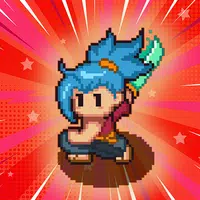
Pixel Squad: War of Legends
Download
Gratuite - Vegas Slots Online Game
Download
من سيربح المليونين
Download
Word Blocks Puzzle - Word Game
Download
Dollars-Old Vegas Slots
Download
Squad Fire Gun Games - Battleg
Download
Draw Creatures
Download
Миллионер - игровые автоматы
Download
Guess the Word. Word Games
Download